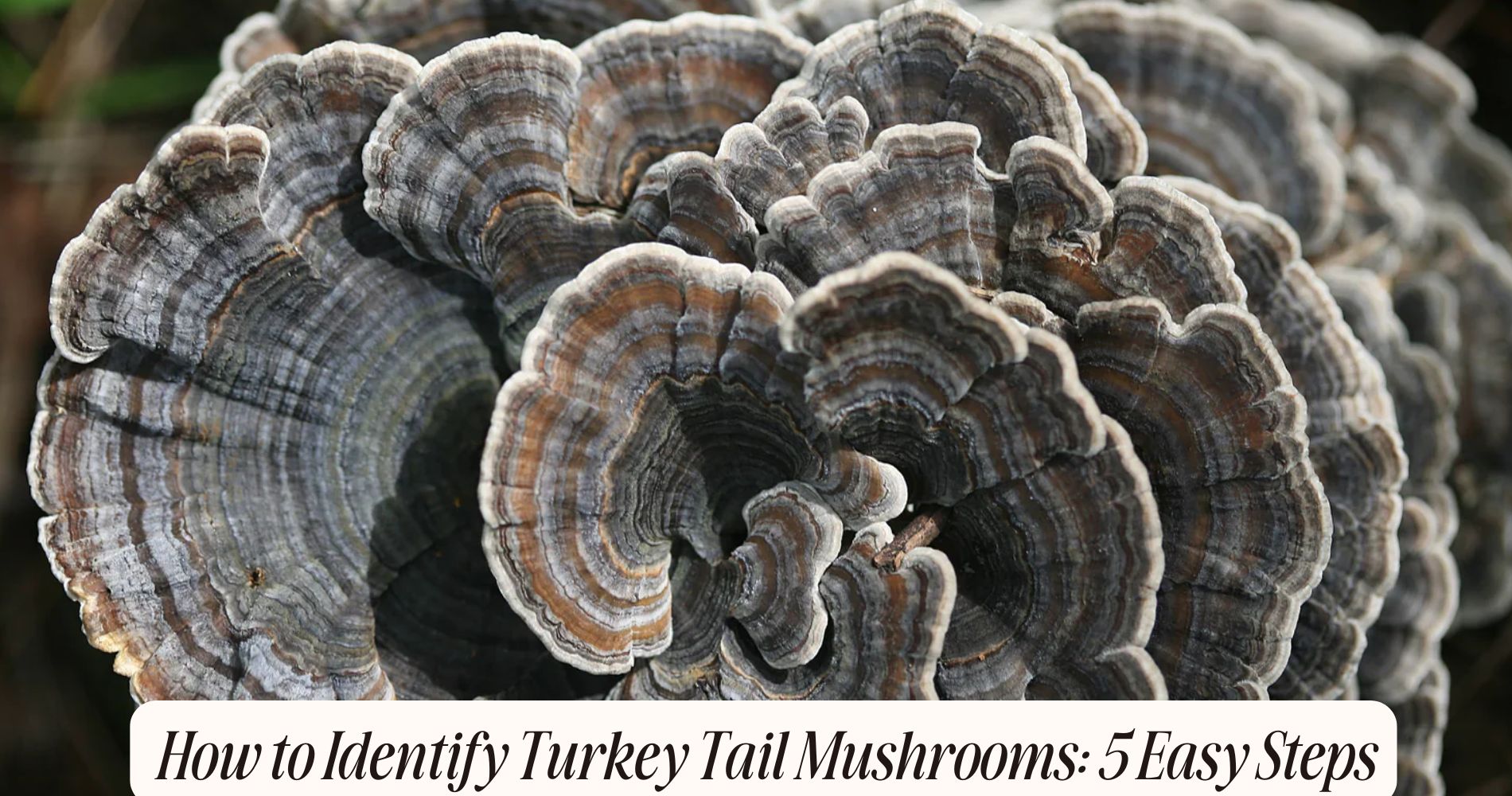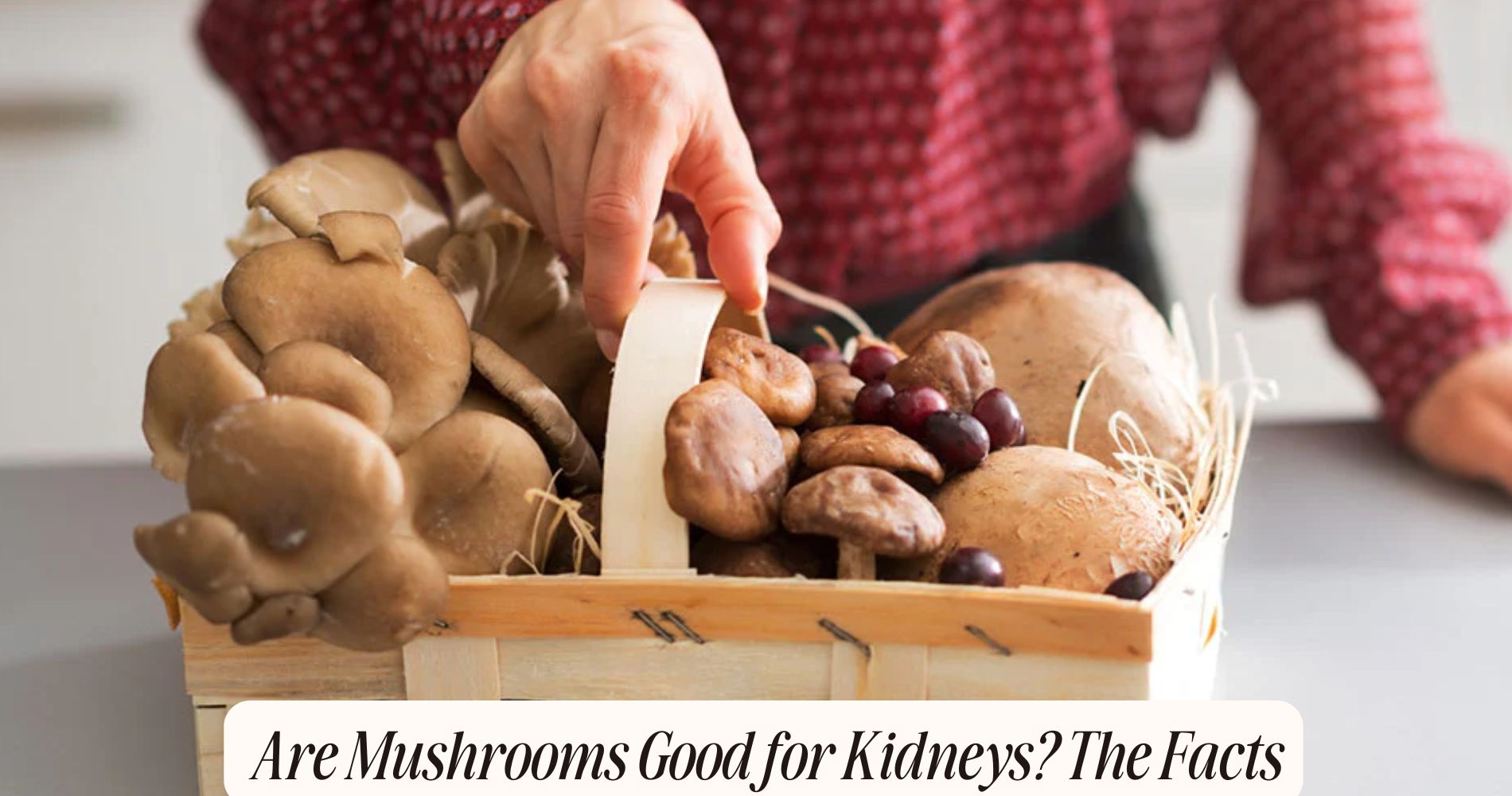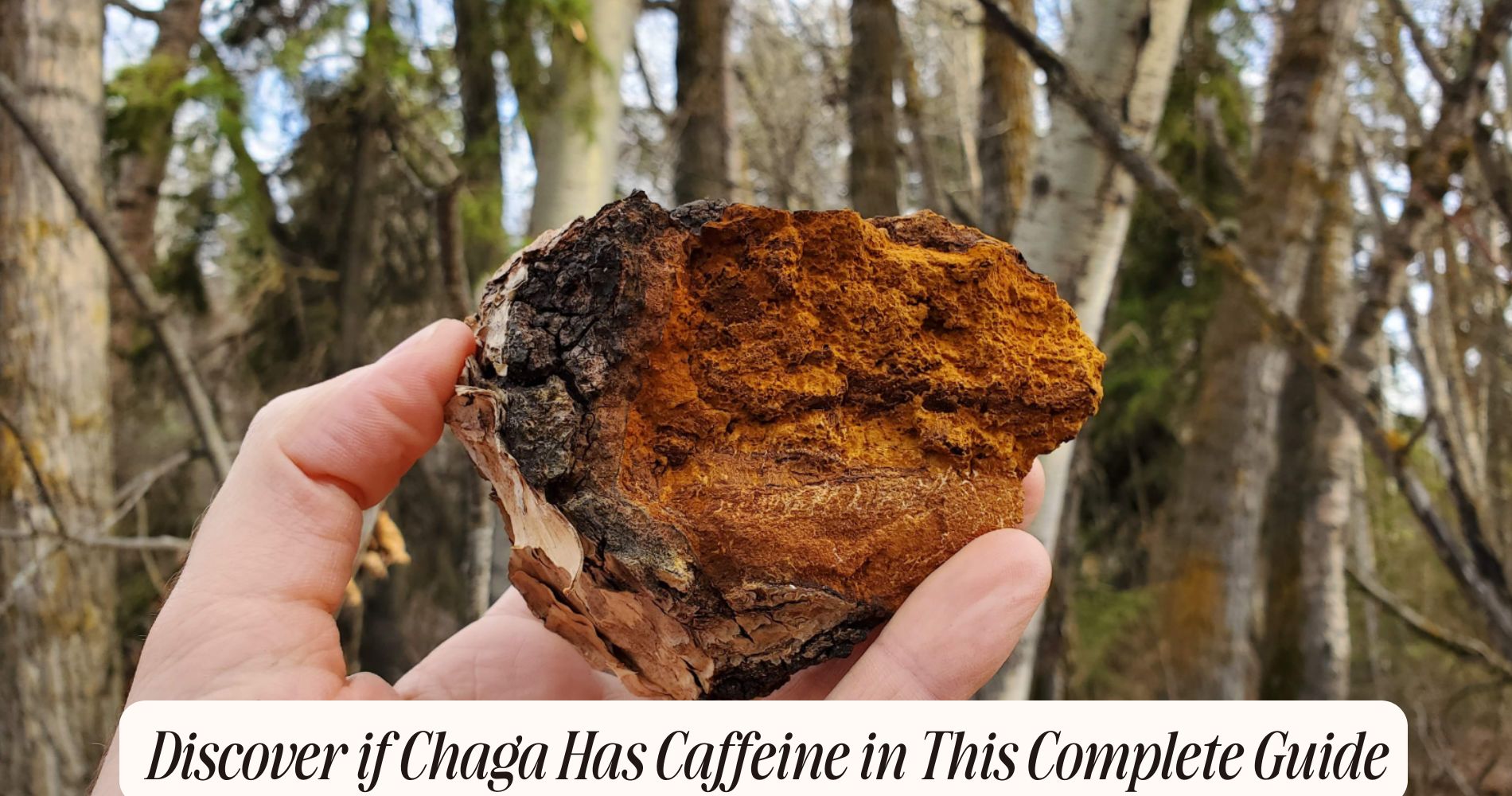
How to Identify Turkey Tail Mushrooms: 5 Easy Steps
How to identify turkey tail mushrooms? To identify Turkey Tail mushrooms, start by observing their color patterns, which display concentric bands of brown, tan, orange, and green. Next, examine their fan-shaped caps, measuring 2-10 cm wide and 1-5 cm thick, often found in overlapping clusters. Check the texture, noting the velvety upper surface and smooth underside with tiny pores. Don't forget to look for spore prints; fresh caps should produce a white to cream-colored pattern. Finally, locate them thriving on decaying hardwoods in shaded, humid environments. Each of these steps enhances your identification skills for these fascinating fungi. More insights await you on this topic.
Observe the Color Patterns
When you begin your identification process, pay close attention to the color patterns of Turkey Tail mushrooms (Trametes versicolor). These fungi exhibit a remarkable array of color variations that can greatly aid in your identification efforts.
You'll often notice concentric bands of colors, including shades of brown, tan, orange, and even vibrant greens, depending on environmental factors.
Seasonal changes play an important role in the manifestation of these color patterns. During warmer months, Turkey Tail mushrooms may display more vibrant hues, while cooler temperatures often lead to muted tones.

Additionally, the substrate on which they grow, such as decaying wood, can influence their coloration. By observing these color variations, you not only enhance your identification skills but also gain insight into the ecological conditions surrounding the mushrooms.
It's essential to document these color patterns carefully, as they can vary widely among individual specimens. By consistently noting these details, you'll build a thorough understanding of Turkey Tail mushrooms, allowing you to distinguish them from similar species.
Embrace the complexity of their coloration, and you'll find that it becomes a valuable tool in your field identification toolkit.
Examine the Shape and Size
To accurately identify Turkey Tail mushrooms, you must closely examine their shape and size. These fungi typically exhibit a distinctive fan or bracket shape, often measuring 2 to 10 centimeters in width and 1 to 5 centimeters in thickness. The mushroom's cap is undulating, creating a wavy outline that can vary considerably among specimens.
When engaging in mushroom foraging, it's important to highlight that Turkey Tail mushrooms grow in overlapping clusters, often resembling the tail of a turkey. Their growth pattern can be horizontal or vertical, primarily found on decaying hardwood trees or logs. The size may change based on environmental factors such as moisture and substrate availability, yet they consistently maintain a thin profile.

Additionally, Turkey Tail mushrooms display varying sizes even within the same cluster, which can indicate their age and health. Understanding these size and shape characteristics is essential not only for safe identification but also for recognizing their medicinal properties.
Turkey Tail mushrooms are known for their potential immune-boosting benefits, making precise identification during foraging imperative for those seeking to harness these health advantages.
Check the Texture
After examining the shape and size of Turkey Tail mushrooms, the next step is to assess their texture. Texture is a significant factor in mushroom identification, as it can help differentiate Turkey Tail from other similar species.
Turkey Tail typically exhibits a velvety or slightly fuzzy texture on the upper surface. When you touch it, you'll notice that it feels somewhat firm yet flexible, with a leathery quality.
You'll also observe texture variations across the mushroom's surface. The colors may range from deep browns to vibrant oranges and whites, often blending together in concentric bands.
Pay close attention to the underside of the caps, which features tiny pores instead of gills. This porous surface can feel smooth but may also show slight ridges, adding to its unique texture profile.
In some instances, the texture may change with environmental conditions such as humidity and substrate. A moist Turkey Tail will feel plumper, while a dry specimen might appear more brittle.
Look for Spore Prints
An essential aspect of identifying Turkey Tail mushrooms involves examining their spore prints. Spores are the primary means of mushroom reproduction, and their characteristics can aid in spore identification.
To obtain a spore print, place a fresh Turkey Tail cap, gills side down, on a piece of white paper or glass. Cover it with a cup to prevent air currents from disturbing the spores. After a few hours, carefully lift the cap to reveal the pattern of spores left behind.
For Turkey Tail mushrooms, you'll typically observe a white to cream-colored spore print, which is vital for distinguishing them from similar species.

Analyze the shape and arrangement of the spores under a microscope for more detailed spore identification, as Turkey Tail spores are generally smooth and oval-shaped, measuring approximately 4-5 micrometers in width.
This microscopic examination enhances your understanding of their reproductive structures and confirms their identity.
Identify the Habitat
Identifying the habitat where Turkey Tail mushrooms thrive is vital for accurate identification. These fungi mainly inhabit forest ecosystems, favoring decaying hardwoods like oak, maple, and birch. You're likely to find them growing on logs, stumps, or the ground, as they play an important role in nutrient cycling by decomposing organic matter.
When scouting for Turkey Tail, pay attention to moisture levels and light conditions. They typically flourish in shaded, humid environments, often found in temperate forests where the moisture content remains high. Additionally, consider the season; these mushrooms are more frequent in late summer and fall, aligning with their growth cycle.
Turkey Tail mushrooms are renowned not only for their striking appearance but also for their medicinal properties. They contain polysaccharopeptides, which have been studied for immune-boosting effects.
Unlock Daily Vitality with Well Gummies' Ultimate Wellness Bundle
For an easy and delicious way to enjoy the benefits of mushrooms, try Well Gummies' Ultimate Wellness Bundle. This convenient gum chew includes All-in-One Mushroom Gummies for daily wellness and Lion's Mane Focus and Energy Gummies for an extra boost when needed. With 10 types of powerful mushrooms, these vegan gummies fuel your brain, support immune health, and deliver calm energy and sharper focus—all with a fresh wild berry flavor. No jitters, no crash—just steady energy to help you thrive throughout the day!
Frequently Asked Questions
Are Turkey Tail Mushrooms Edible for Humans?
Turkey tail mushrooms aren't typically consumed for culinary uses, but they're known for their impressive nutritional value. Rich in antioxidants and polysaccharides, they've been studied for potential health benefits, particularly in supporting immune function.
Can Turkey Tail Mushrooms Be Toxic?
Turkey tail mushrooms aren't toxic, but you must be cautious. Identifying features include their colorful bands. Watch for toxic lookalikes like false turkey tails, which can have similar appearances but may pose health risks.
What Time of Year Do Turkey Tail Mushrooms Grow?
Turkey tail mushrooms typically grow in moist, decaying wood during fall and spring. Seasonal variations affect their abundance, so you should look for them after rainfall, when growth conditions are ideal for their development.
How Can I Tell if They Are Fresh?
To determine fresh identification, examine the mushroom characteristics. Fresh turkey tails should feel firm, have vibrant colors, and display a moist, not slimy, texture. Look for a strong, earthy aroma without signs of decay or dryness.
Do Turkey Tail Mushrooms Have Any Medicinal Benefits?
Turkey tail mushrooms possess significant medicinal properties, including immune system support and potential anti-cancer effects. You'll find polysaccharides, particularly PSK and PSP, in their composition, which researchers study for enhancing immune responses and overall health benefits.
Conclusion
By following these five steps, you can confidently identify turkey tail mushrooms in the wild. Observing their distinct color patterns, examining their unique shape and size, and checking the texture will enhance your identification accuracy. Additionally, looking for spore prints and understanding their habitat preferences will provide critical insights into their ecological role. Remember, proper identification is essential, as misidentifying fungi can lead to adverse consequences. Always exercise caution and consult a reliable guide when foraging.




